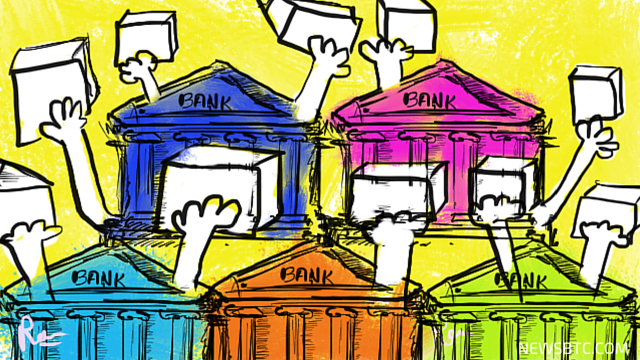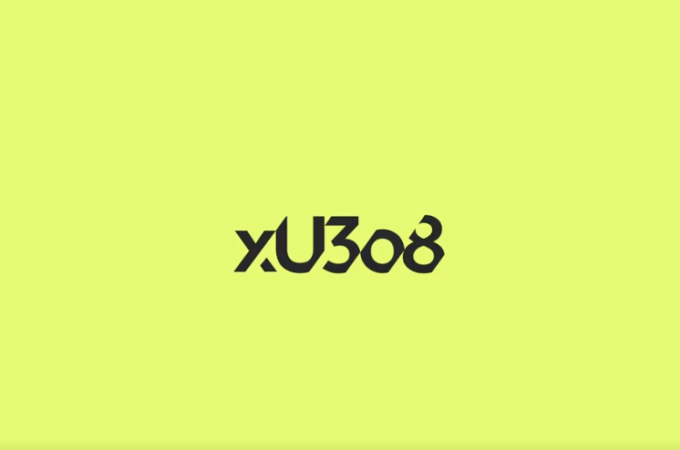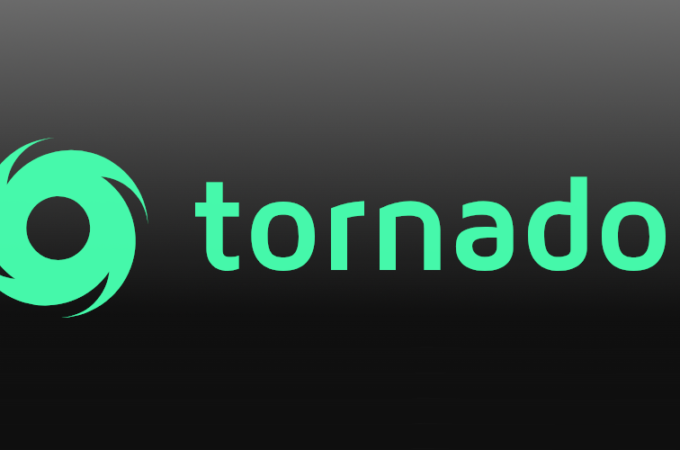
Blockchain Adoption by the Banking Industry
By Vishal Kanvaty and Sudhir Kesavan for LTP
Blockchain, the technology underpinning the cryptocurrency, could revolutionize the world economy. Blockchain is basically a distributed ledger. It can store information about who owns a piece of land or a bond. The technology can be used to keep an immutable record of ownership and enable transaction of the asset amongst distrusting parties. It has been trialed by banks to carry out the trading of multiple types of assets. Authors prefer the term “Distributed Ledger Technology (DLT)” but for the purposes of this article, we will use the terms interchangeably.
What are the key benefits of blockchain technology?
- Disintermediation: Blockchain provides transaction immutability and a distributed ledger architecture, which are the key requirements for eliminating the need for an enforcer of trust in the ecosystem. Tamper-proof distributed data enables an environment in which trust is not an issue and allows counterparties to operate with the knowledge that they all have the same version of the truth, all the time and its history cannot be altered.
- Transparency: Blockchain technology will significantly increase transparency between market participants. Blockchain implementations promote the creation of a public record of activity in the ecosystem to which all market participants have access in real time.
- Provenance: Blockchain maintains an immutable record of transactions and therefore, asset ownership since the time the asset first appears in a transaction on the blockchain. This significantly reduces risk and the need for associated mitigating operations for multiple asset types. We believe this capability will enable the reduction of the occurrence of theft, fraud and misselling of high-value assets and intellectual properties as well as assets where the provenance of assets determines its value by creating a digital footprint on the blockchain. Everledger is a good example for diamonds and there are other examples with regard to proving the provenance of organic vegetables.
Do banks understand the true essence of blockchain?
An immutable, unhackable distributed ledger of digital assets is a platform for truth and it’s a platform for trust. The implications are staggering, not just for the financial-services industry but also right across virtually every aspect of society.
Banks are trying to understand blockchain by replicating existing asset transactions on the blockchain and learning from the difference. While this takes bank some ways into the efficiency implication of a blockchain solution, what banks miss out on is the business model and ecosystem implications of a blockchain solution. In terms of infrastructure, blockchain is an open-source software that is built to support the transfer of digital assets amongst market participants in real time. Using any preferred blockchain’s APIs, one can showcase a dramatic reduction in asset transfer costs and timelines. Most bank implementations are focused on this aspect. But while scaling PoC into a real-world scenario, banks end up implementing the same application layer that exists currently with all the current checks and balances.
But DLTs are fundamentally an open network designed for peer-to-peer, censor-free interaction. The peer can be an enterprise or an individual. A technology that is built for network enablement needs the banks to think about the entire ecosystem and the value chain. Most banks end up conceptualizing on the basis of what is in it for the bank. They need to think of the bank and about all the stakeholders of the ecosystem.
The driverless car phenomenon gives a good analogy for comparing a bank’s understanding of blockchain’s capability and the transformational impact of the technology. If you compare the cost of transporting one person in a driverless car versus the cost of transporting the person in a taxi, you will completely miss out on the implications of a driverless car revolution. A driverless car isn’t just about the efficiency of moving a passenger from point A to point B and what the passenger can do while not driving; it is about an open, on-demand transportation solution that will impact urban planning itself in the future. And if that sounds like a distant reality, in the immediate future, we are going to see business models driven by utilization and not ownership. A bank looks at the driverless car as freeing up the driver’s time and stress, innovators look at it as a revolution that impacts car ownership, transportation companies, car manufacturers and city planners.
A DLT solution is really about its impact on the ecosystem and the value chain rather than the impact on the efficiency of transferring the ownership of an asset.
Banks’ and FIs’ approach to blockchain implementation
Banks have taken a top-down and myopic approach towards their blockchain implementations. They are looking at using blockchain to solve specific pains points in their as-is processes. What banks do not realize is that DLT is questioning the basic concept of the need for a bank by replacing trust with distributed proof.
In our conversations with banks, we found that their key drivers are:
- Operational simplification
- Settlement time reduction
- Single customer view
The key focus of the use cases of banks are:
- Internal process automation
- Intra-bank settlements
- Reconciliation
Data management:
- Customer data management
- Product data structure
- Information Decentralization
Communication:
- Internal transaction messaging
- Auditing
Our view is that blockchain could be a costly solution for solving such problems as while the process can be implemented, the ROI of migrating to the new process and change management will make the actual migration a non-starter. Not to mention the realization that in a majority of the use cases, the counterparties are better served with a centralized solution. The rush for doing PoC and claiming success is counterproductive.
In our view, banks need to go back to the drawing board and conduct scenario planning exercises. These scenario planning exercises need to include disruption via non-FIs as well as regulatory activism. From these scenarios, banks need to develop a strategic response. This would enable them to work with the ecosystem including regulators to shape the future and cement their role. Alternatively, if the scenarios and an understanding of the emerging competitive landscape are such that the bank foresees the impact on its profit pools, then it can prepare a different set of strategic responses.
Suggested Approach
We recommend banks adopt a structured approach to crafting their strategic responses. While banks can tactically sponsor attempts which we term as “Get Comfortable” approaches, our suggested approach is as below
The core of our recommendation lies in getting the right level of sponsorship and team within the bank to create scenarios of how DLT capability can fundamentally reimagine how the customer need can be serviced. The possibilities that emerge from this scenario planning exercise can help the bank develop both shaping as well as mitigating strategies.
Blockchain provides an opportunity to redraw processes and call into question orthodoxies that exist in today’s business model. Blockchain will significantly increase transparency between the market players leveling the playing field. It questions the existing competitive advantage models that leverage existing risk models and information asymmetries.
To illustrate the difference in the approach, let’s take the use case of cross-border remittances:
Current Approach:
- Bank A and Bank B agree to do a POC for cross-border remittances
- Implement a permissioned blockchain solution like Etherium/Chain
- Bank A and B would become two nodes on the system
- Allows customer of Bank A and B to transfer money between the two countries
DLT Innovators Approach:
- Imagine a multi-currency wallet where Alice transfers euros to Bob who is in Kenya and in need for Kenyan shillings.
- Create a multi-currency wallet where customers in Country A can transfer money to any other country.
- Allow exchange house to be part of the ecosystem which allows for bidding on the rates and timelines.
- Customer is able to choose the best service in terms of timelines/rate.
- Regulators are able to view the AML checks and transfer instantly.
- Once the bids are placed, the amount in each of the wallets is frozen and is released only after the customer has selected the bid.
- A smart contract is initiated that debits euros from Alice and credits to Thomas Cook and debits shillings to credit Bob. This generates its own ETH (for e.g.) as well as transaction fees for the miners. This a completely open n/w where you have created an overlayed platform that does KYC, multi-currency wallet, a bidding process, etc.
Such a world is possible because of the ability of the DLT to provide immutable trust as a service. It isn’t about the cost of the XFR alone that is now openly bid but rather re-engineering the ecosystem that allows open participation even if one account of KYC needs it.
Post MVP unknowns may remain:
An MVP that includes the ecosystem participants will manifest the future options for the bank and then enable the stage of answering questions that will help the bank determine a formal business approach. This could take the shape of a formal business plan or alternatively a lean startup approach depending on the nature of unknowns in the go-forward scenario.
Important questions that the MVP will help answer include:
- Cost Benefit Analysis
- Roadmap which addresses unknown’s around
- Market Participation
- Standards
- Regulatory, legal framework needs to be set up
- New financial services infrastructure that will need to be built on the blockchain
In our opinion, the nature of DLT today is such that it is more likely that bank consortiums will need to adopt a lean startup-led approach and measure progress based on innovation KPIs of customer creation and revenue growth rates rather than standard measures.
Startup and bank collaboration
While banks may start experimenting and have limited success in intrabank and interbank use cases, the potential of blockchain could be leveraged by collaborating with startups. Startups by their very nature are looking at a disruption of existing business model and hence, trying to build the value chain keeping DLT capabilities as the core. This is different from the bank model that tries to fit DLT into the existing value chain. Having said that, while startups may be successful in reimagining digital identities and crack the challenge of offering trust-as-a-service, they need a partnership with banks to understand real-world challenges and stakeholder incentives.
The way forward
Banks needs to focus on collaboration with the ecosystem before they launch any of the use cases. The operational effort to get the ecosystem to accept the new system would be huge and acceptance could be difficult. Hence, banks need to spend the effort to convince the ecosystem for a decentralized solution. The real benefits of blockchain would be when banks are able to work with other ecosystem players to redefine the business model. Banks should focus on use cases that are difficult to do in today’s world – what we call wicked problems – and leave some of the trivial use cases for the “get comfortable” stage of their internal maturity. Blockchain could be a costly solution for problems that either never existed or could get solved easily using existing solutions. We would encourage banks to adopt a disruption mindset for the adoption of blockchain and focus on creating new business models in favor of the customer.
First appeared at LTP





